Home>Interior Design>Should Small Rooms Be Painted In Light Or Dark Colors?


Interior Design
Should Small Rooms Be Painted In Light Or Dark Colors?
Modified: January 5, 2024
Discover the perfect interior design solution for small rooms. Should you paint them in light or dark colors? Learn the best choice for creating a spacious and inviting atmosphere.
(Many of the links in this article redirect to a specific reviewed product. Your purchase of these products through affiliate links helps to generate commission for Storables.com, at no extra cost. Learn more)
Introduction
Choosing the right paint color for a small room can significantly impact its overall look and feel. One of the primary considerations when selecting a color scheme for a small room is whether to opt for light or dark colors. While there is no one-size-fits-all answer, as each room and individual preference vary, understanding the pros and cons of each option can help you make an informed decision.
Light colors, such as whites, pastels, and neutral shades, are often recommended for small rooms. They have the ability to make a space appear larger and more open. On the other hand, dark colors, including deep blues, rich greens, and bold grays, can create a cozy and intimate atmosphere. In this article, we will explore the benefits and drawbacks of painting small rooms in both light and dark colors, helping you determine which option aligns best with your personal style and requirements.
Key Takeaways:
- Light colors create a sense of spaciousness, enhance natural light, and offer versatility for decor in small rooms. Consider natural light, room size, and personal preference when choosing between light and dark colors.
- Dark colors bring a cozy and intimate ambiance, make a striking visual statement, and hide imperfections in small rooms. Carefully assess natural light, desired ambiance, and maintenance before opting for dark color palettes.
Read more: 5 Colors You Should Never Paint A Dark Room
Pros and Cons of Painting Small Rooms in Light Colors
Painting small rooms in light colors can have various advantages, but it is essential to consider the drawbacks as well. Let’s delve into the pros and cons of using light colors in compact spaces:
Benefits of Painting Small Rooms in Light Colors:
- Creates an illusion of space: Light colors, such as whites and soft neutrals, have the ability to reflect natural and artificial light, making a room visually appear larger and more open.
- Enhances natural light: Light-colored walls can amplify the impact of natural light in a small room, making the space feel brighter and more inviting.
- Increases the versatility of decor: Light-colored walls provide a neutral backdrop that allows you to experiment with various furniture styles, patterns, and textures, giving you more flexibility in designing the room.
- Makes the room feel fresh and airy: Light colors evoke a sense of freshness and airiness, creating a tranquil and relaxing atmosphere, which is often desirable in small rooms.
Drawbacks of Painting Small Rooms in Light Colors:
- May lack warmth and coziness: Light colors can sometimes make a small room feel cold or sterile, particularly if there is a lack of natural light or if the room is sparsely furnished.
- Highlights imperfections: Light-colored walls can accentuate any flaws or imperfections in the room, such as uneven surfaces or minor blemishes, requiring careful preparation before painting.
- Requires frequent cleaning: Light-colored walls tend to show dirt, scuffs, and stains more easily, necessitating regular cleaning and maintenance to keep the room looking pristine.
- May lack drama or impact: Light colors can seem less dramatic or impactful compared to darker shades, potentially reducing the visual impact of a small room.
Considering these pros and cons, it’s important to assess your specific needs, the amount of natural light in the room, desired ambiance, and personal preferences when deciding whether to paint a small room in light colors.
Benefits of Painting Small Rooms in Light Colors
Using light colors to paint small rooms can offer various advantages, creating a visually appealing and spacious atmosphere. Let’s take a closer look at the benefits:
- Creates a sense of spaciousness: Light colors, such as whites, pastels, and soft neutrals, have a natural ability to make a room appear larger and more open. They reflect light, giving the illusion of a bigger space, which is ideal for small rooms.
- Enhances natural light: Light-colored walls can significantly enhance the impact of natural light in a small room. By reflecting light, they help brighten the space, making it feel more vibrant and inviting.
- Makes a room feel airy and fresh: Light colors evoke a sense of airiness and freshness, creating a light and breezy atmosphere in a small room. This can contribute to a feeling of tranquility and relaxation.
- Provides a versatile backdrop for decor: Light-colored walls serve as a neutral canvas that allows for greater flexibility and versatility when it comes to choosing furniture, accessories, and artwork. They provide a backdrop that complements various styles and color schemes.
- Reflects your personal style: Light colors can span a wide range of shades and tones, easily adapting to different design preferences. Whether you prefer a clean and minimalist look or a cozy and traditional ambiance, light colors can be tailored to reflect your personal style.
- Enhances architectural features: Light colors can bring attention to the architectural details of a small room, such as moldings, trims, and unique design elements. They highlight the intricate features and add a touch of elegance to the space.
- Creates a timeless appeal: Light colors have a timeless quality to them, making them a safe choice that can withstand changing design trends. They can provide a classic and enduring aesthetic that won’t feel outdated in the future.
These benefits make painting small rooms with light colors a popular choice among homeowners and designers. However, it’s important to consider the specific characteristics of your room, such as the amount of natural light and the overall desired ambiance, to ensure that light colors are the right fit for your space.
Read more: What Colors To Paint A Small Living Room
Drawbacks of Painting Small Rooms in Light Colors
While there are many benefits to painting small rooms in light colors, it’s important to be aware of the potential drawbacks as well. Consider the following factors before making your decision:
- Lack of warmth and coziness: Light-colored walls can sometimes make a small room feel cold or sterile, especially if there is a minimal amount of natural light or if the room lacks furniture and decor to add warmth and personality.
- Highlighting imperfections: Light colors have a tendency to accentuate any flaws or imperfections in the room. This includes uneven surfaces, minor blemishes, or visible marks. Adequate preparation and attention to detail are necessary to ensure a smooth finish.
- Increased cleaning and maintenance: Light colors are more prone to showing dirt, scuffs, and stains compared to darker shades. If you have young children or pets, or if the room experiences heavy foot traffic, you may find yourself cleaning the walls more frequently to maintain a clean and fresh appearance.
- Lack of drama and impact: Light colors can sometimes lack the dramatic visual impact that bold, dark colors can bring to a room. If you want to make a strong design statement or create a focal point, a lighter color palette may not provide the desired effect.
- Potential for a generic look: Light-colored walls, especially when combined with neutral or minimalistic decor, can sometimes result in a generic or cookie-cutter aesthetic. This can be addressed by adding pops of color or incorporating unique design elements to add personality and character to the space.
- Overexposure to artificial light: If the room predominantly relies on artificial lighting, light-colored walls can sometimes create excessive glare or washout. Consider the type and placement of lighting fixtures to ensure a comfortable and balanced lighting environment.
- Incompatibility with certain design styles: Light colors may not align well with certain design styles or themes that require darker or bolder color schemes, such as industrial or moody interiors. It’s crucial to consider the overall design concept of the room before deciding on the color palette.
By acknowledging these potential drawbacks, you can weigh them against the benefits and determine whether painting your small room in light colors aligns with your desired aesthetic and practical considerations.
Pros and Cons of Painting Small Rooms in Dark Colors
Opting for dark colors to paint small rooms can create a bold and intimate atmosphere. However, it’s important to consider both the advantages and disadvantages to make an informed decision. Let’s explore the pros and cons of using dark colors in compact spaces:
Advantages of Painting Small Rooms in Dark Colors:
- Creates a cozy and intimate ambiance: Dark colors, such as deep blues, rich greens, or bold grays, can evoke a sense of warmth and intimacy, making a small room feel snug and inviting.
- Provides a dramatic visual impact: Dark-colored walls can create a striking visual statement and add depth to a small room. They can serve as a focal point and set the stage for unique design elements or artwork to shine.
- Conceals imperfections: Dark colors have the advantage of camouflaging minor flaws or imperfections in a room. They can help smooth out uneven surfaces and give the illusion of a more flawless finish.
- Offers a sense of elegance and luxury: Dark colors can convey a sense of sophistication and luxury. When paired with the right furniture and decor, they can create a high-end and glamorous look in a small room.
- Enhances the focus on natural light and colors: Dark walls can amplify the impact of natural light streaming into a small room. They provide a contrasting backdrop that allows the light and other colors in the space to stand out, creating a captivating visual effect.
Disadvantages of Painting Small Rooms in Dark Colors:
- Can make a room feel smaller: Dark-colored walls tend to absorb light rather than reflect it, which can make a small room feel more confined and visually shrink the space.
- Requires careful lighting and contrast: Dark-colored rooms require strategic lighting planning to prevent them from feeling too dim or cave-like. Adequate artificial lighting, natural light sources, and contrasting lighter elements can help create balance and prevent the room from feeling too heavy.
- Can limit design versatility: Dark colors, particularly bold and saturated shades, can sometimes be limiting in terms of design versatility. They may not blend well with certain styles or color schemes, requiring more thought and consideration when choosing furniture and decor.
- May require more maintenance: Dark-colored walls tend to show dust, fingerprints, and smudges more easily, requiring frequent cleaning and maintenance to keep the room looking pristine. It’s important to consider the amount of effort required to keep the space looking well-maintained.
- Can darken a room lacking natural light: If a small room has limited access to natural light, dark colors can potentially make the space feel even darker. It’s crucial to assess the level of natural light available and consider the room’s orientation before committing to a dark color scheme.
By weighing these pros and cons, you can make an informed decision on whether painting your small room in dark colors aligns with your desired aesthetic and practical considerations.
Read more: Should Bathrooms Be Light Or Dark?
Advantages of Painting Small Rooms in Dark Colors
Painting small rooms in dark colors can offer several advantages, creating a dramatic and cozy atmosphere. Let’s explore the benefits of using dark colors in compact spaces:
- Creates a cozy and intimate ambiance: Dark colors, such as deep blues, rich greens, or bold grays, can instantly transform a small room into a warm and inviting sanctuary. The deep hues contribute to a sense of coziness and comfort.
- Provides a dramatic visual impact: Dark-colored walls have a striking visual presence. They can serve as a statement feature in a small room, adding depth and character to the space. The boldness of dark colors can create a captivating and dynamic atmosphere.
- Conceals imperfections: One advantage of dark colors is their ability to conceal minor flaws and imperfections in a room. They can help mask uneven surfaces, small dents, or slight blemishes, providing a smoother overall appearance.
- Creates a sense of elegance and luxury: Dark colors have a natural association with luxury and sophistication. When used in small rooms, they can impart a sense of opulence and create a high-end aesthetic. Paired with rich textures and statement furniture, dark-colored walls exude an upscale and glamorous vibe.
- Enhances focus on natural light and colors: Dark walls have a way of making natural light and other colors in the room stand out. By providing a contrasting backdrop, they draw attention to the interplay between light and shadows, enhancing the impact of sunlight streaming into the space. This creates a captivating and dynamic visual effect.
- Elevates artwork and decor: Dark-colored walls serve as an excellent backdrop for artwork and decor pieces. The deep tones create a compelling contrast that allows artwork, photographs, and decorative items to truly shine. The richness of the dark colors can enhance the overall aesthetic appeal of the room.
These advantages make painting small rooms in dark colors an appealing choice for those seeking a unique and captivating interior design. However, it’s important to consider the specific characteristics of your room, such as the available natural light and personal preferences, to ensure that dark colors are the right fit for your space.
Disadvantages of Painting Small Rooms in Dark Colors
While there are many advantages to painting small rooms in dark colors, it’s important to consider the potential disadvantages as well. Here are some factors to consider before deciding to use dark colors in a compact space:
- Can make a room feel smaller: Dark colors have a tendency to absorb light rather than reflect it, which can make a small room feel more confined and visually shrink the space. This can create a sense of tightness and reduce the overall sense of openness and airiness.
- Requires careful lighting and contrast: Dark-colored rooms require strategic lighting planning to prevent them from feeling too dim or cave-like. Adequate artificial lighting, natural light sources, and contrasting lighter elements can help create balance and prevent the room from feeling too heavy or overwhelming.
- Can limit design versatility: Dark colors, particularly bold and saturated shades, can sometimes limit design versatility. They may not blend well with certain styles or color schemes, making it harder to incorporate different furniture pieces or decor elements into the room. This can limit flexibility for future design changes.
- May require more maintenance: Dark-colored walls tend to show dust, fingerprints, and smudges more easily compared to lighter colors. Regular cleaning and maintenance are necessary to keep the room looking clean and fresh. Dark colors may also require more frequent touch-ups to maintain their vibrancy over time.
- Can darken a room lacking natural light: If a small room has limited access to natural light, using dark colors can exacerbate the issue and make the space feel even darker. It’s crucial to assess the amount of natural light entering the room and consider the room’s orientation before committing to a dark color scheme.
- Can evoke a somber or moody atmosphere: Dark colors can create a somber or melancholic atmosphere, which may not be suitable for everyone or every room. Depending on personal preferences, it’s essential to consider how a dark-colored space may affect the overall mood and ambiance of the room.
Considering these potential disadvantages is crucial to ensure that painting your small room in dark colors aligns with your desired aesthetic and practical considerations. By carefully assessing these factors, you can make an informed decision that best suits your needs and preferences.
Light colors can make small rooms feel more spacious and airy, while dark colors can create a cozy and intimate atmosphere. Consider the natural light and desired mood when choosing a paint color for a small room.
Factors to Consider When Choosing Between Light and Dark Colors for Small Rooms
Choosing between light and dark colors for small rooms can be challenging, as both options have their own unique advantages and considerations. To make the best decision for your space, consider the following factors:
- Natural Light: Assess the amount of natural light that enters the room. If the room receives ample natural light, both light and dark colors can be suitable. However, if the room lacks natural light, lighter colors tend to work better as they can help brighten the space and create a more open feel.
- Room Size: Consider the size of the room. Light colors are often recommended for small rooms, as they can create an illusion of space, making the room feel larger and more open. Dark colors, on the other hand, can be effective in larger small rooms or areas where you want a more intimate and cozy ambiance.
- Desired Ambiance: Determine the desired ambiance you want to create in the room. Light colors are associated with a fresh and airy feel, which can contribute to a calm and tranquil atmosphere. In contrast, dark colors offer a sense of drama and sophistication, ideal for creating a cozy and intimate atmosphere.
- Furniture and Decor: Consider the existing furniture and decor in the room or the style you want to achieve. Light colors provide a neutral backdrop that allows for greater versatility and flexibility in terms of furniture and decor choices. Dark colors can create a more statement-making look and work well with bold or dramatic furnishings.
- Personal Preference: Your personal taste and preference play a significant role in the decision-making process. Consider which color palette resonates with you and aligns with your overall vision for the room. Trust your instincts and choose colors that make you feel comfortable and reflect your personality.
- Maintenance: Evaluate your willingness and ability to maintain the room. Lighter colors tend to show less dirt, while dark colors may require more frequent cleaning to keep them looking their best. Consider the practicality of maintaining the chosen color in terms of regular upkeep.
By carefully considering these factors, you can make an informed decision on whether to choose light or dark colors for your small room. Remember that there are no set rules, and it ultimately comes down to your personal preferences and the specific characteristics of the room you are working with.
Conclusion
Choosing the right paint color for a small room can have a significant impact on its overall look and feel. Both light and dark colors offer unique advantages and considerations that should be carefully evaluated. Light colors, such as whites, pastels, and neutrals, have the ability to create a sense of spaciousness, enhance natural light, and provide a versatile canvas for decor. On the other hand, dark colors, like deep blues, rich greens, and bold grays, can bring a cozy and intimate ambiance, make a striking visual statement, and hide imperfections.
When deciding between light and dark color palettes for small rooms, several factors should be taken into account. The amount of natural light, the size of the room, the desired ambiance, existing furniture and decor, personal preference, and maintenance considerations all play crucial roles in the decision-making process. It’s important to strike a balance between creating the desired atmosphere and selecting colors that harmonize with the room’s characteristics and overall design concept.
Ultimately, there is no one-size-fits-all answer when it comes to choosing between light and dark colors for small rooms. Each room is unique, and personal preferences vary. It’s important to trust your instincts and select colors that resonate with your individual style and create the desired mood in the space. Consider experimenting with color swatches and visualizing the effects of different color choices before making a final decision.
Remember that paint colors can always be changed, so don’t be afraid to venture outside your comfort zone and explore the possibilities. Whether you opt for light or dark colors, the key is to create a harmonious and visually appealing space that reflects your personality and enhances the functionality of the room.
In conclusion, carefully weigh the pros and cons, consider the specific characteristics of your small room, and choose the color palette that best aligns with your vision. With the right color choice, your small room can become a beautiful and inviting space that you’ll enjoy spending time in.
Frequently Asked Questions about Should Small Rooms Be Painted In Light Or Dark Colors?
Was this page helpful?
At Storables.com, we guarantee accurate and reliable information. Our content, validated by Expert Board Contributors, is crafted following stringent Editorial Policies. We're committed to providing you with well-researched, expert-backed insights for all your informational needs.
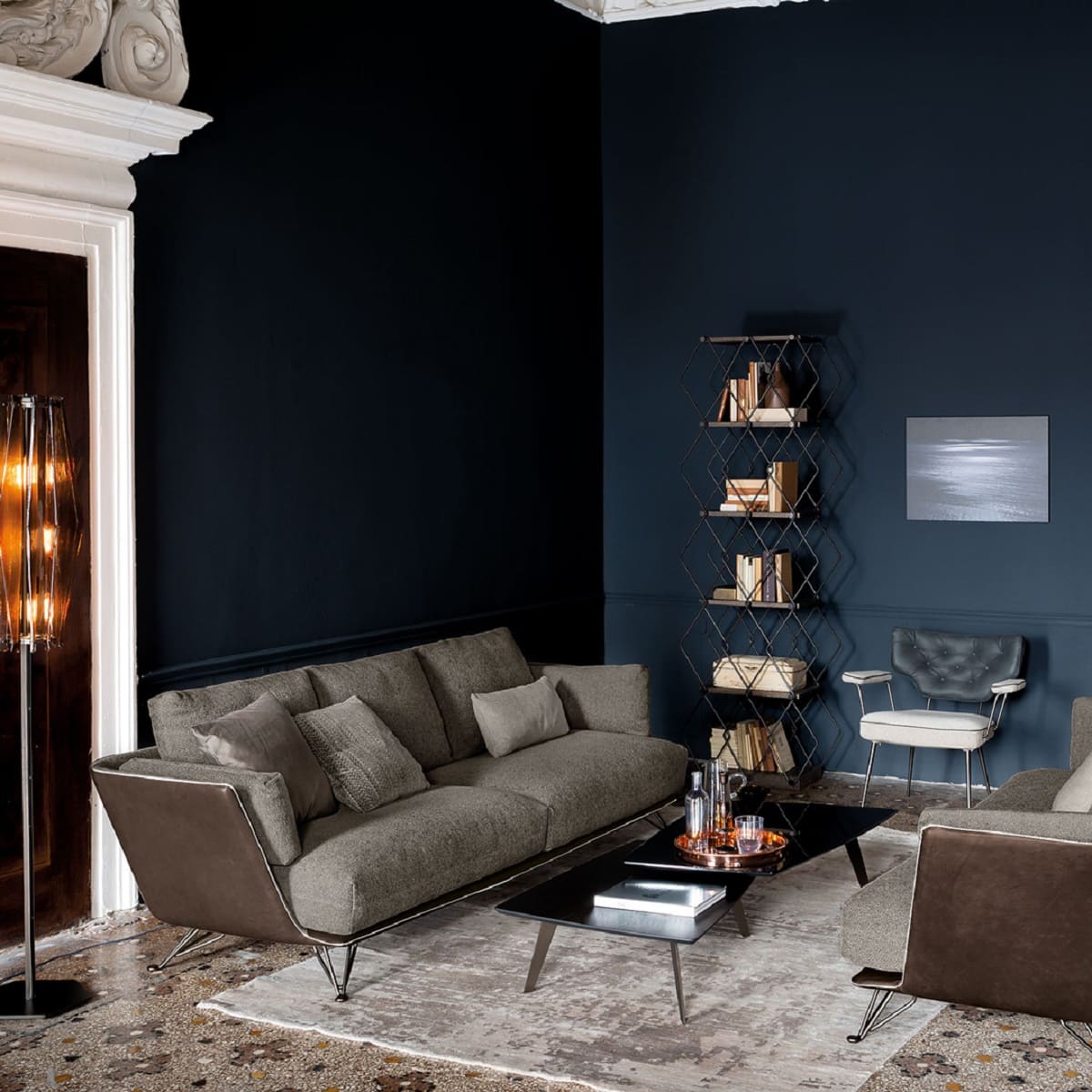
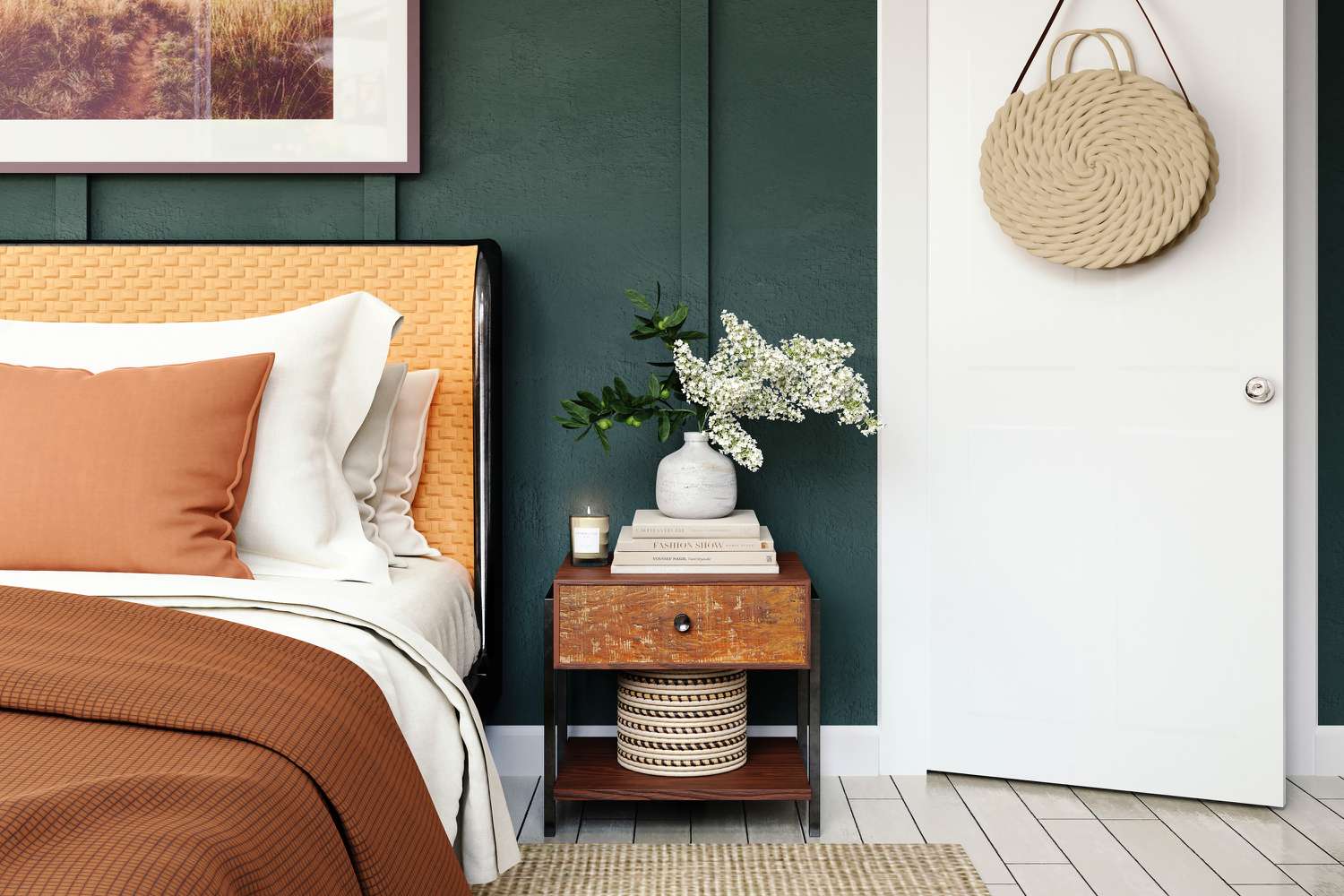
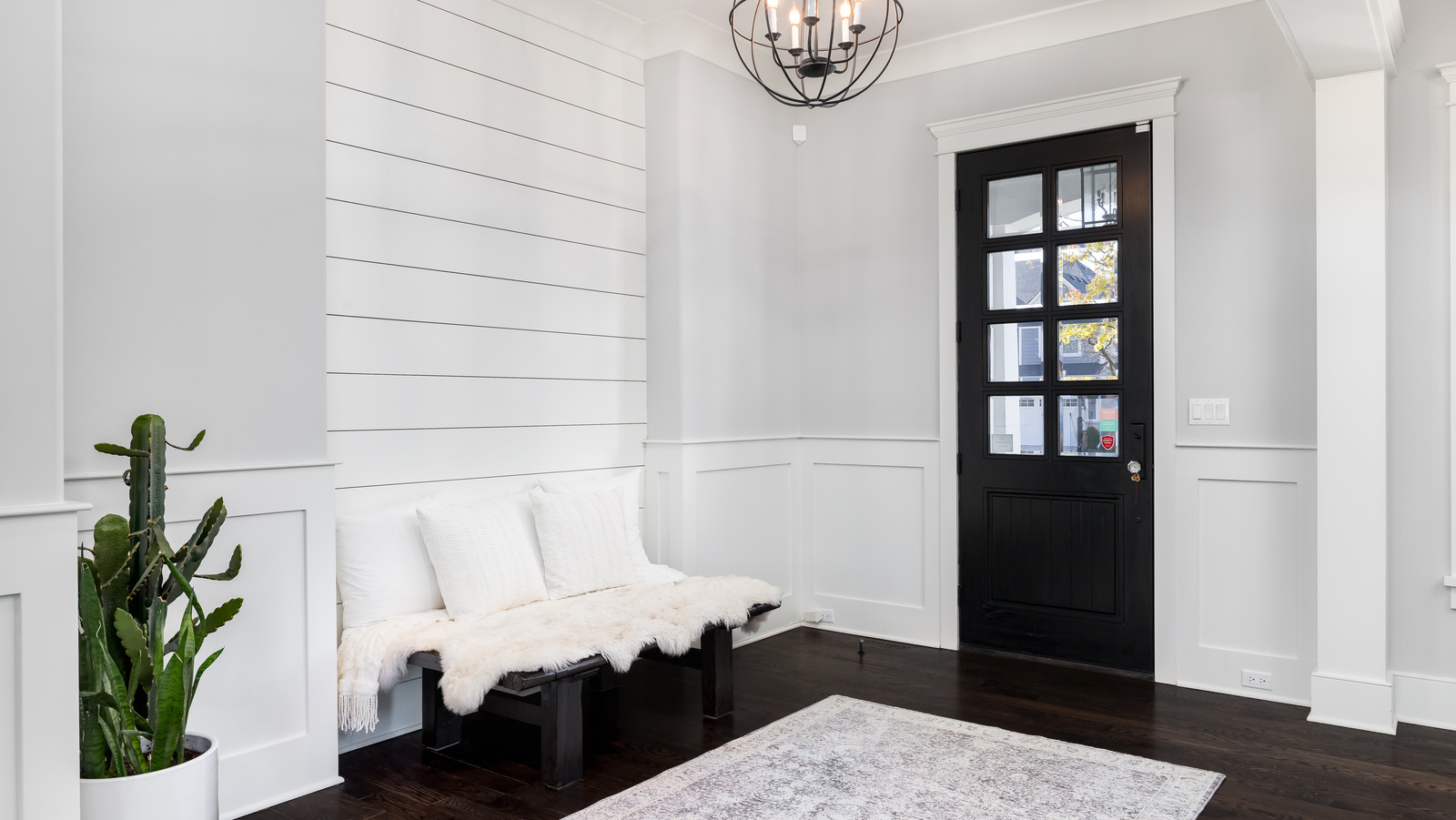
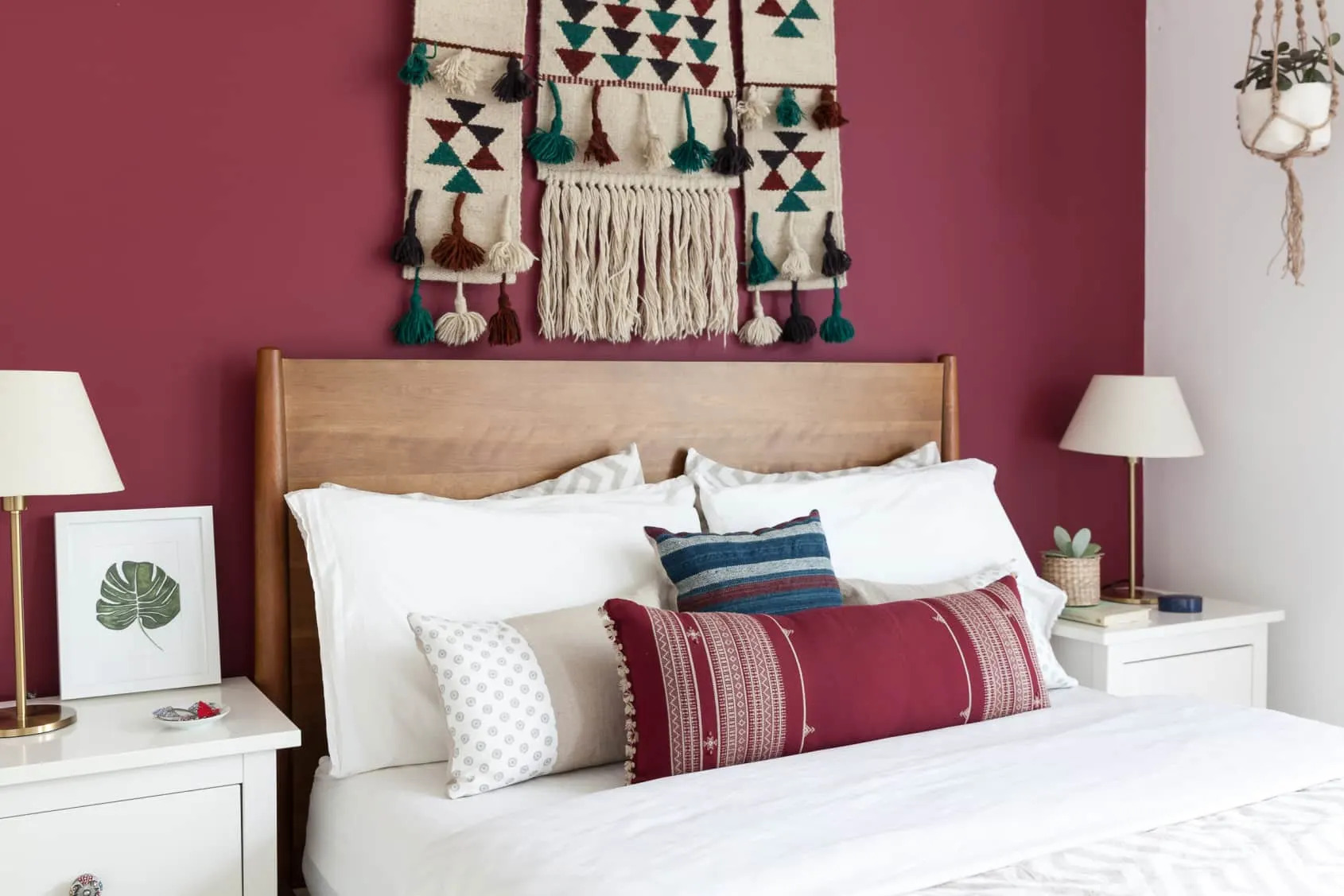
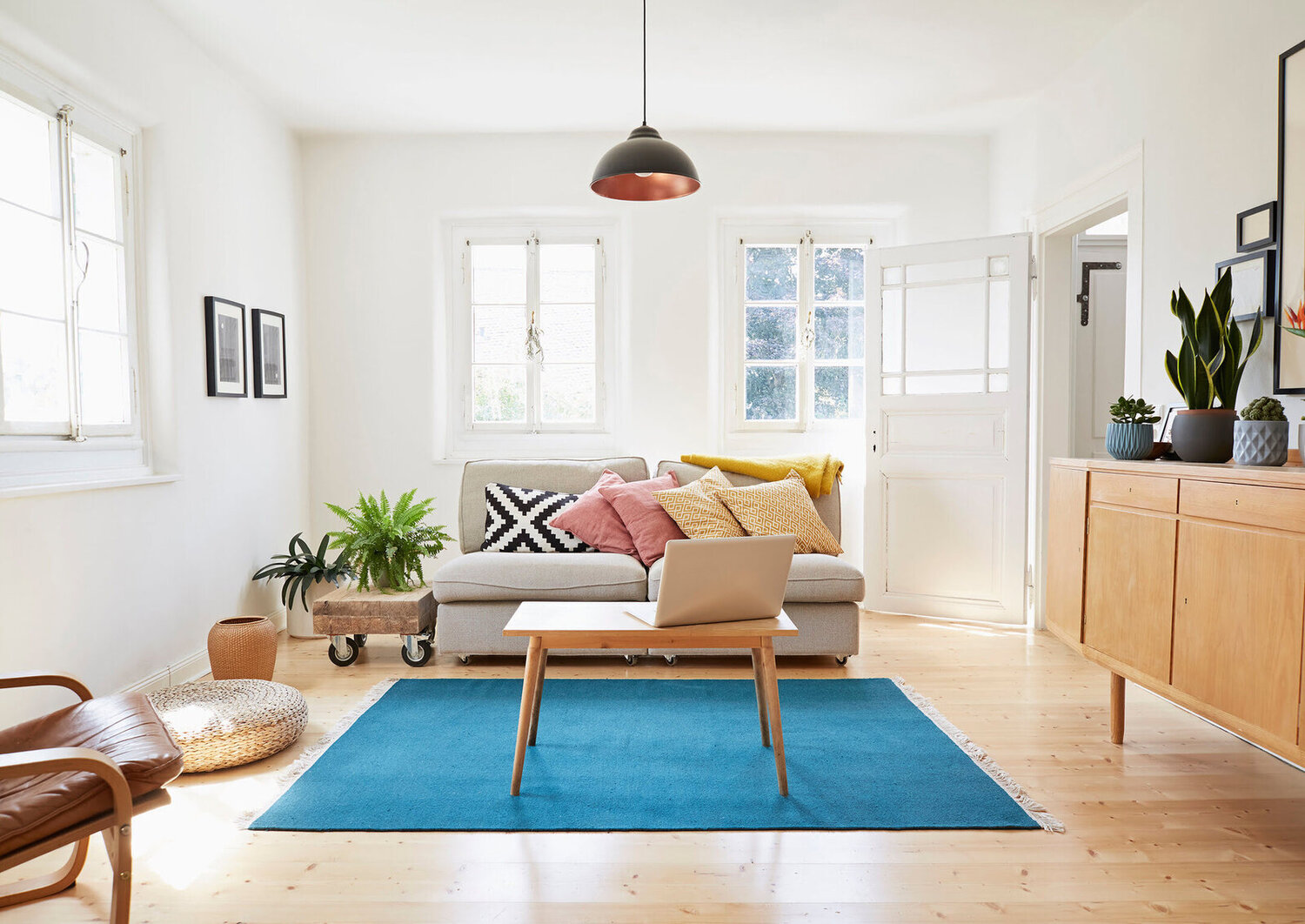
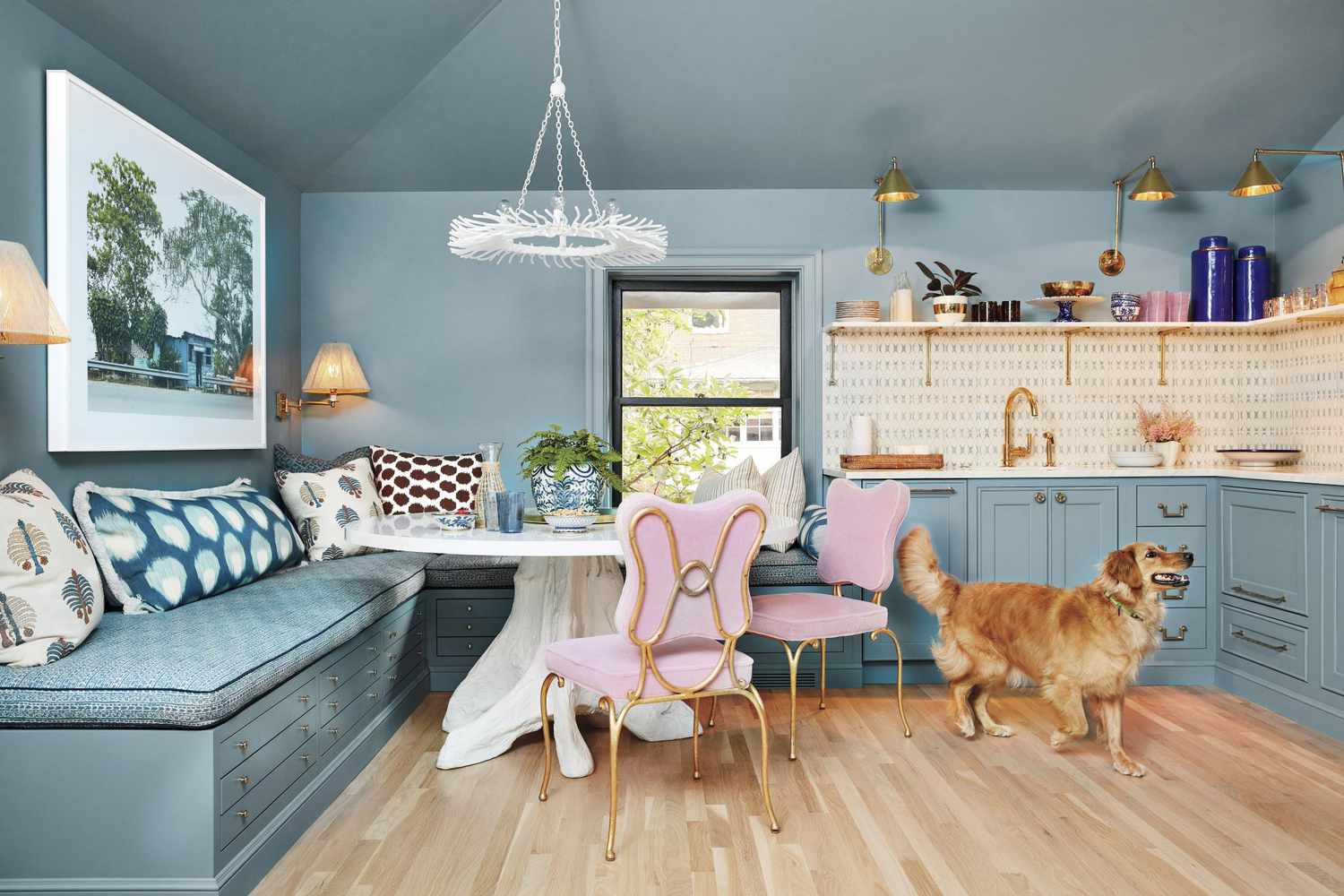
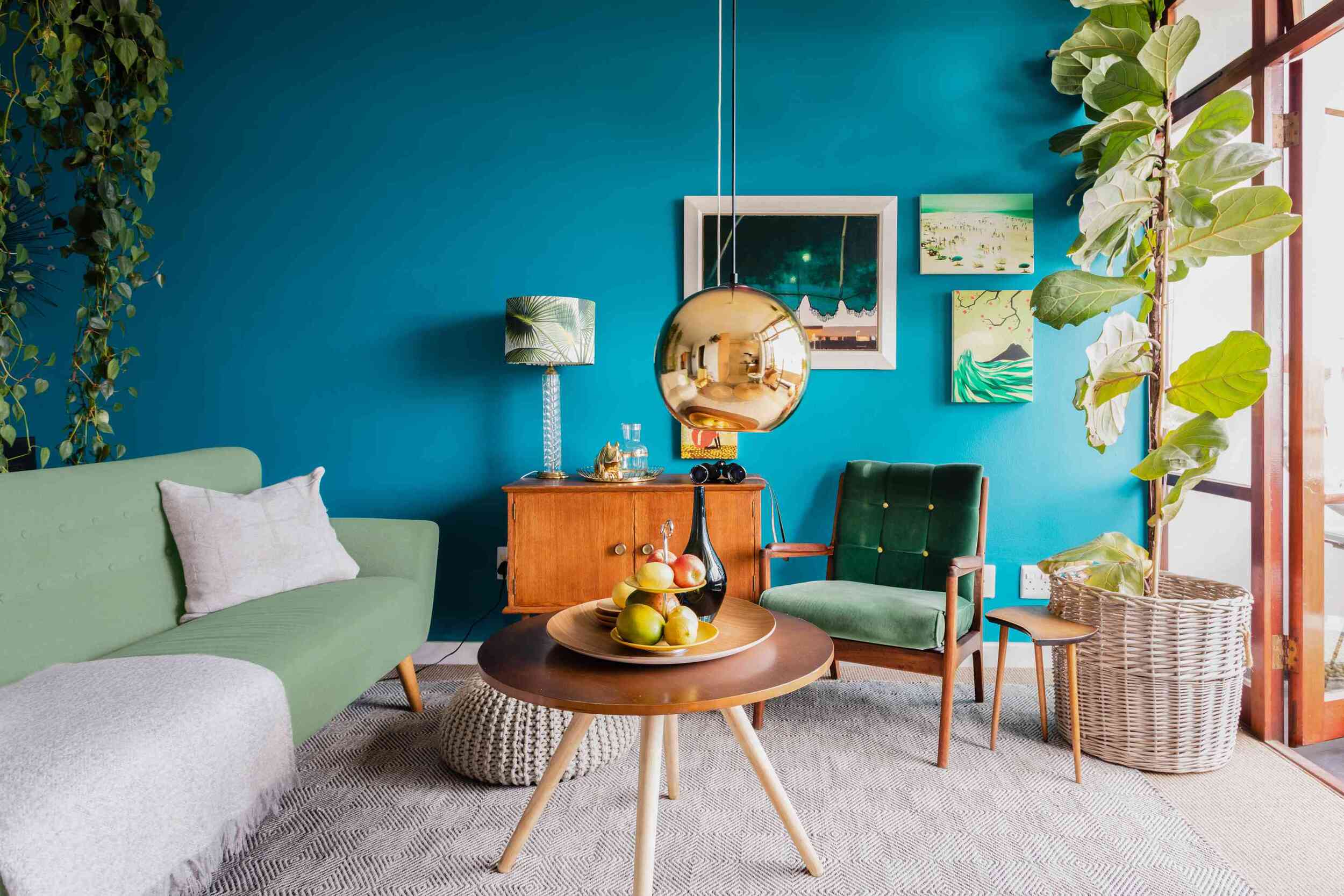
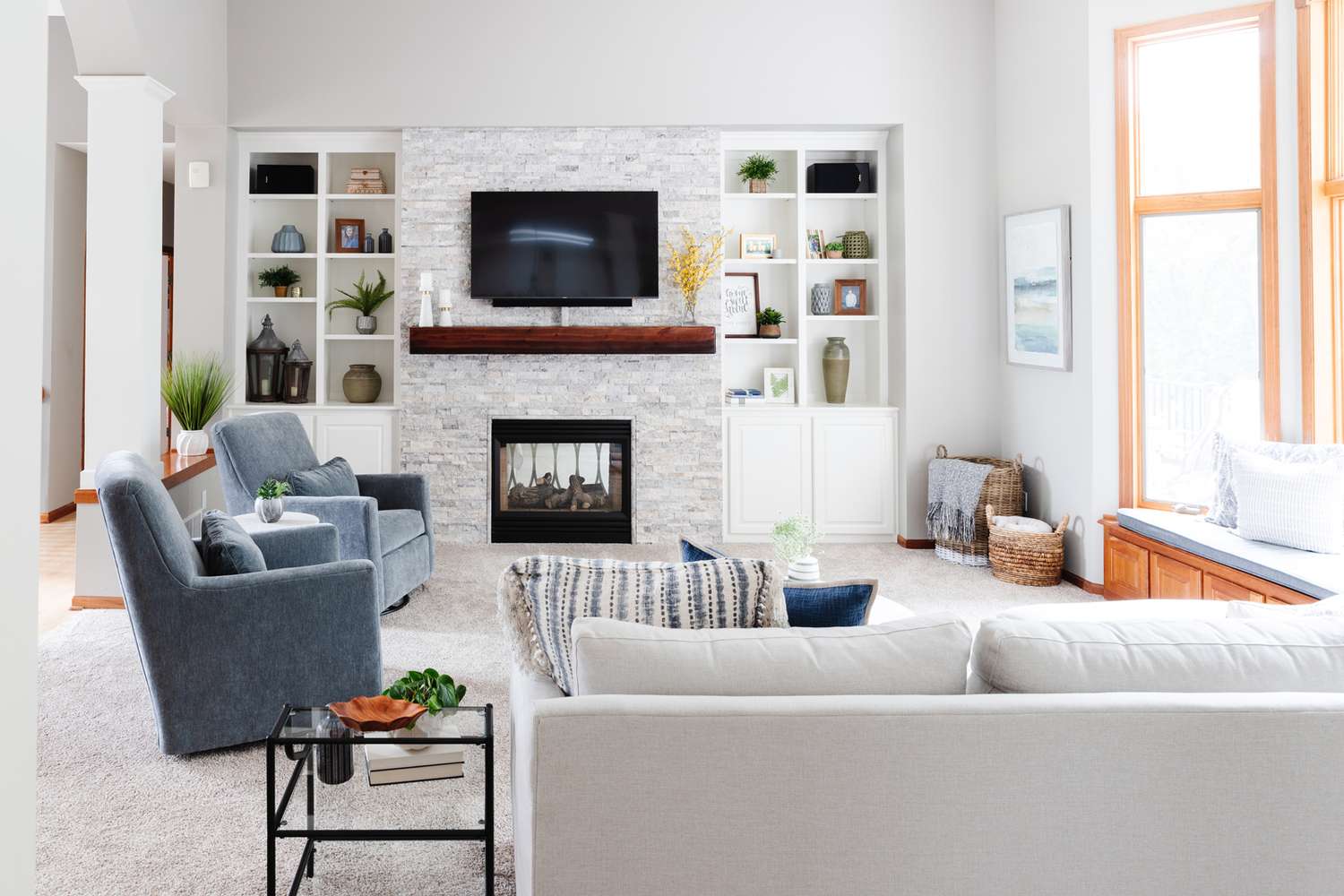
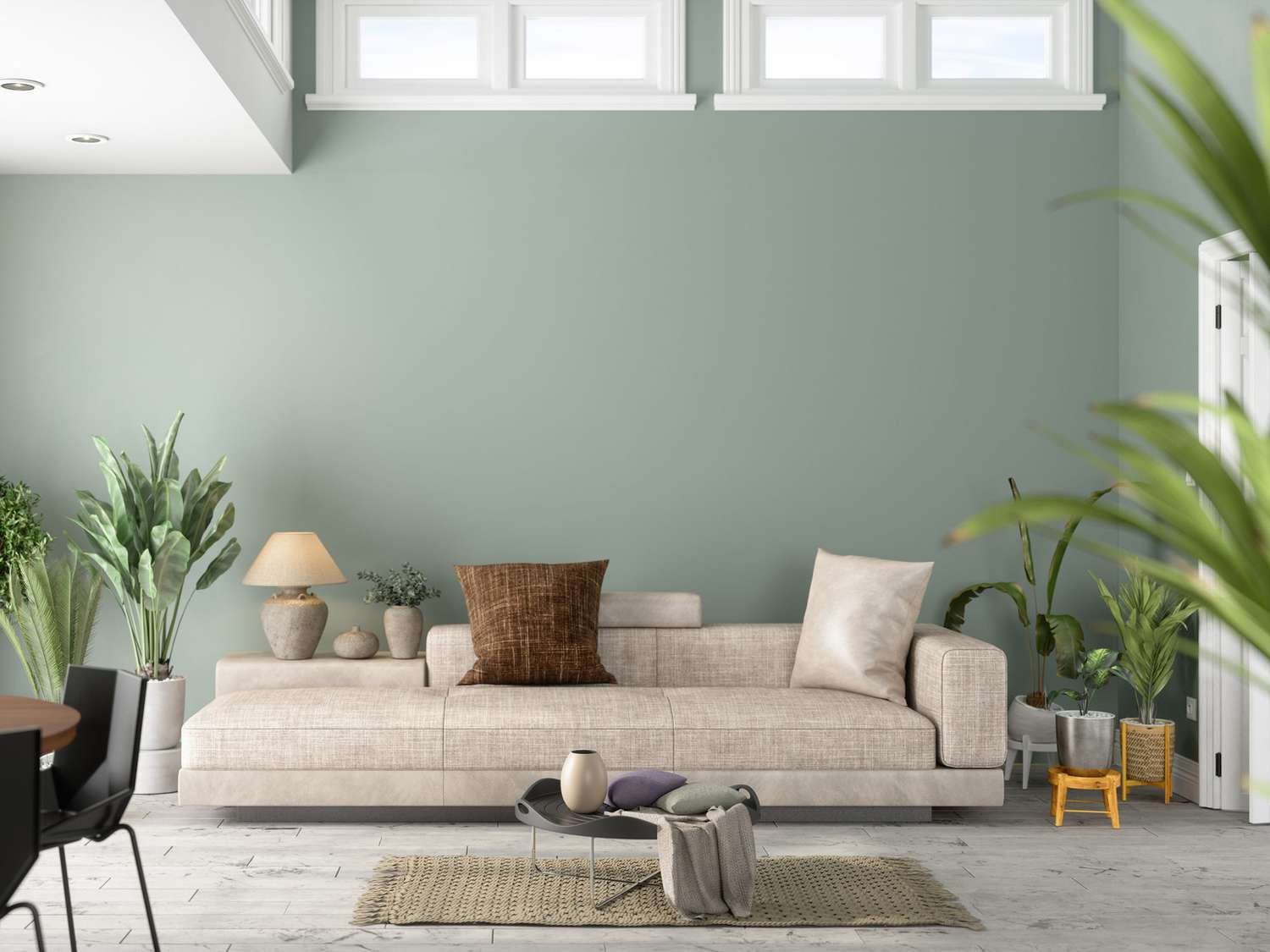
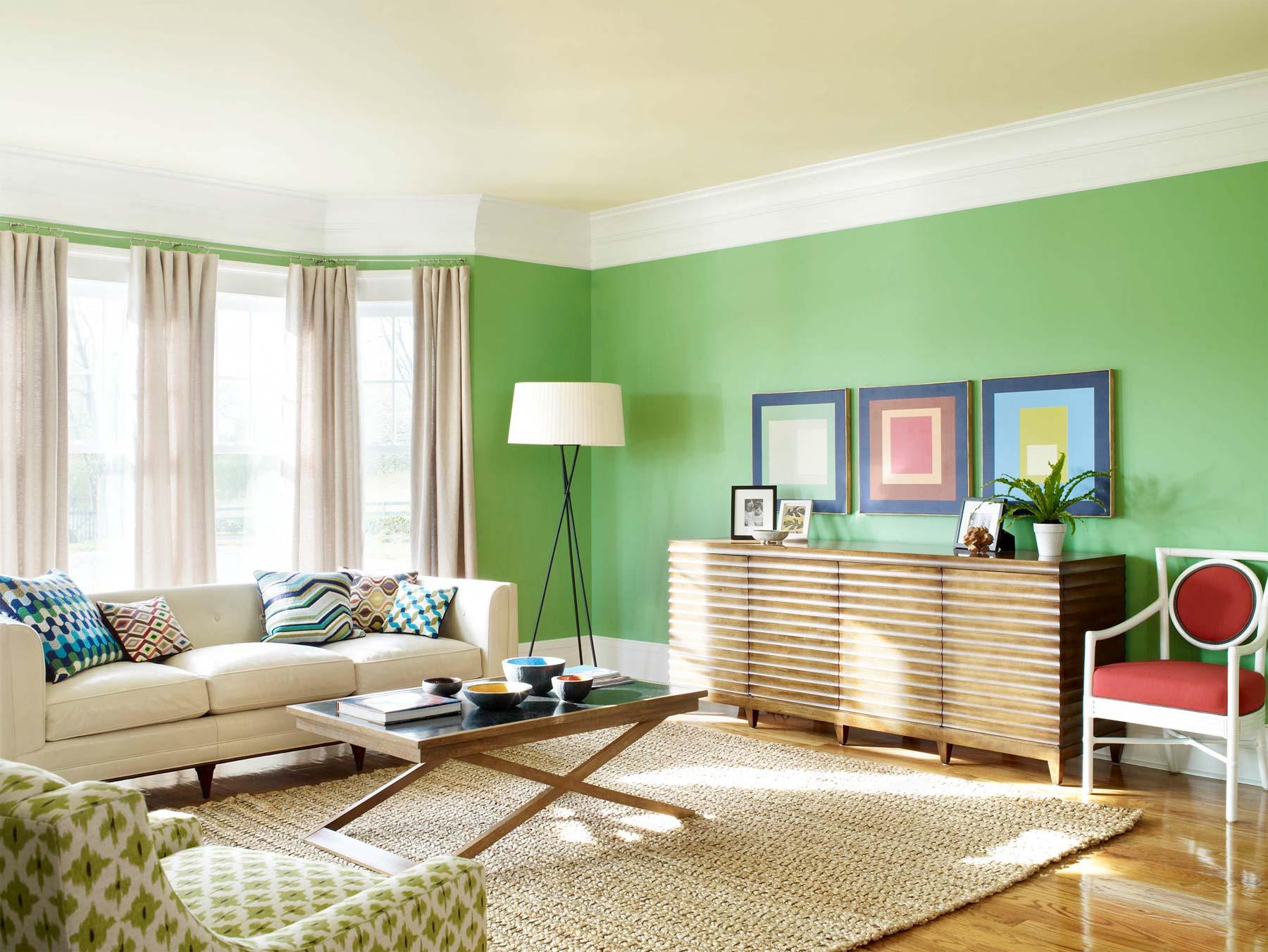
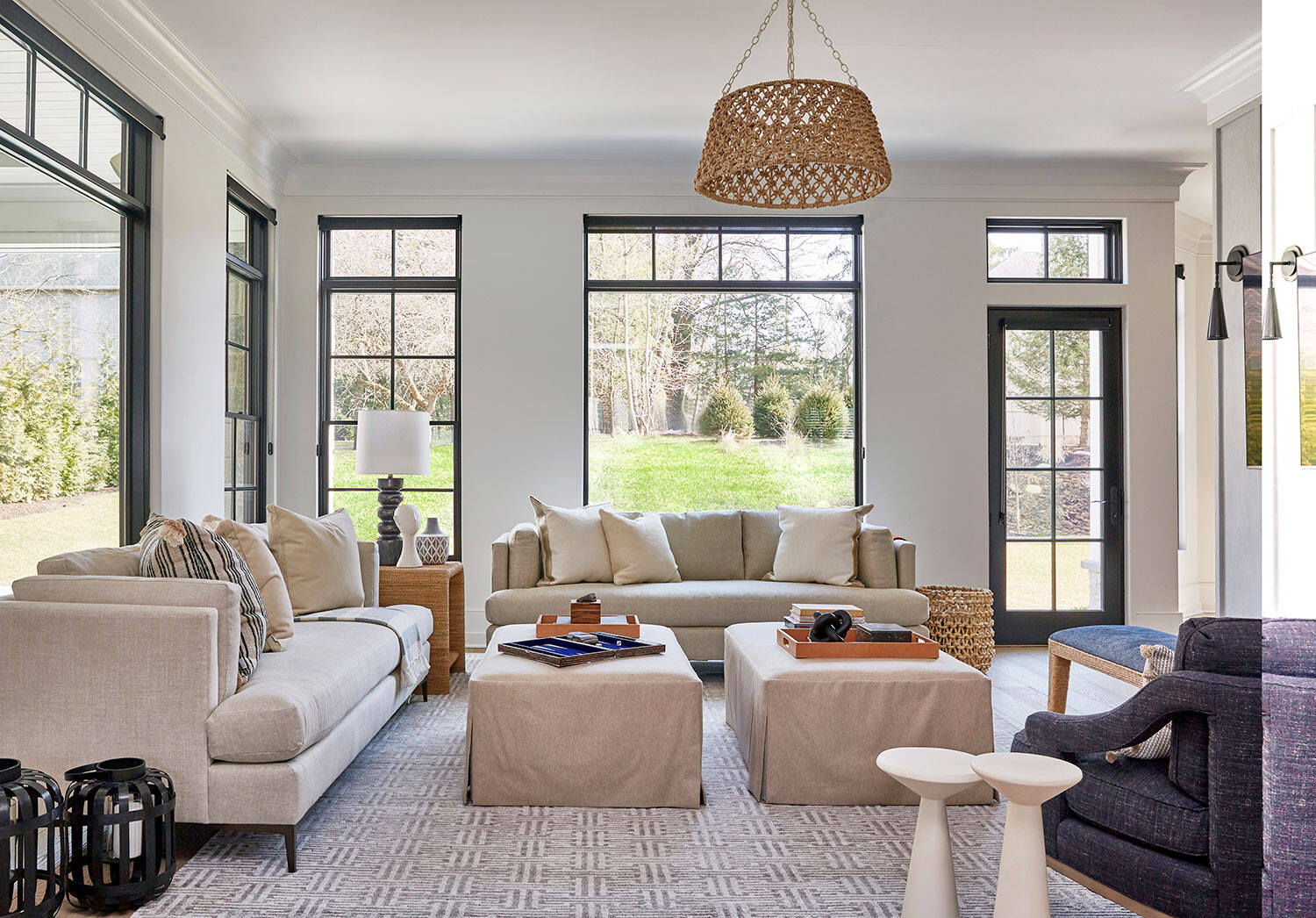
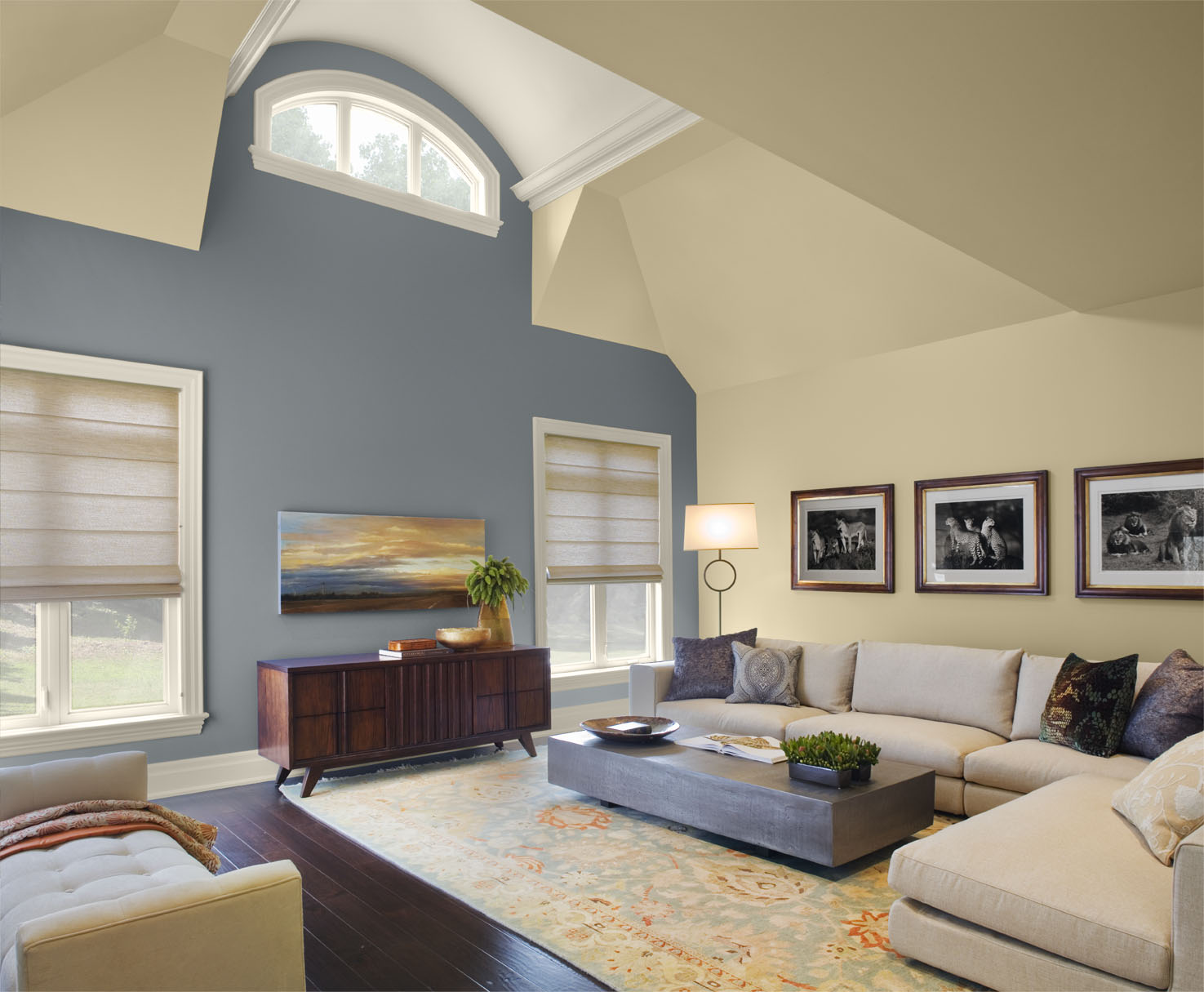
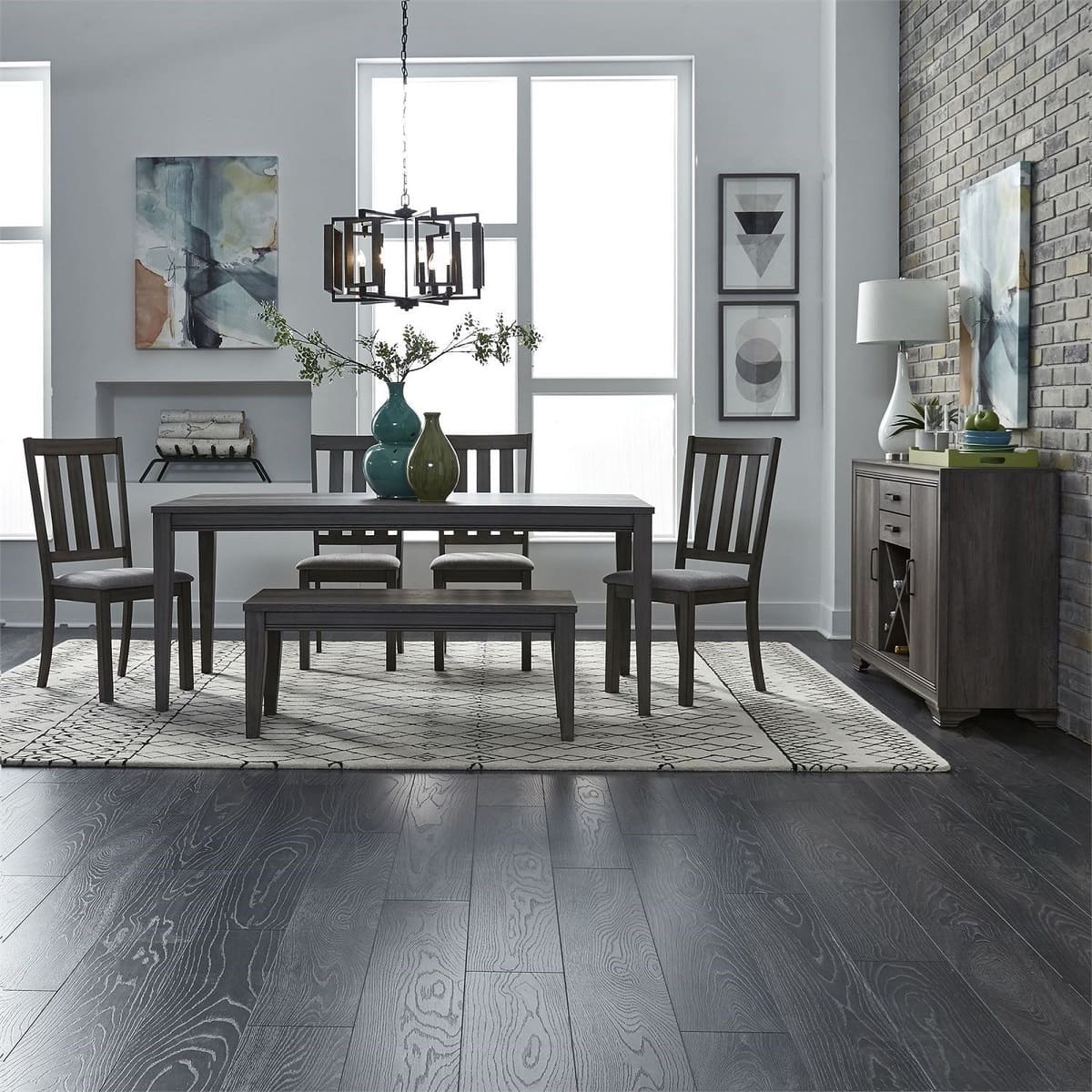

0 thoughts on “Should Small Rooms Be Painted In Light Or Dark Colors?”